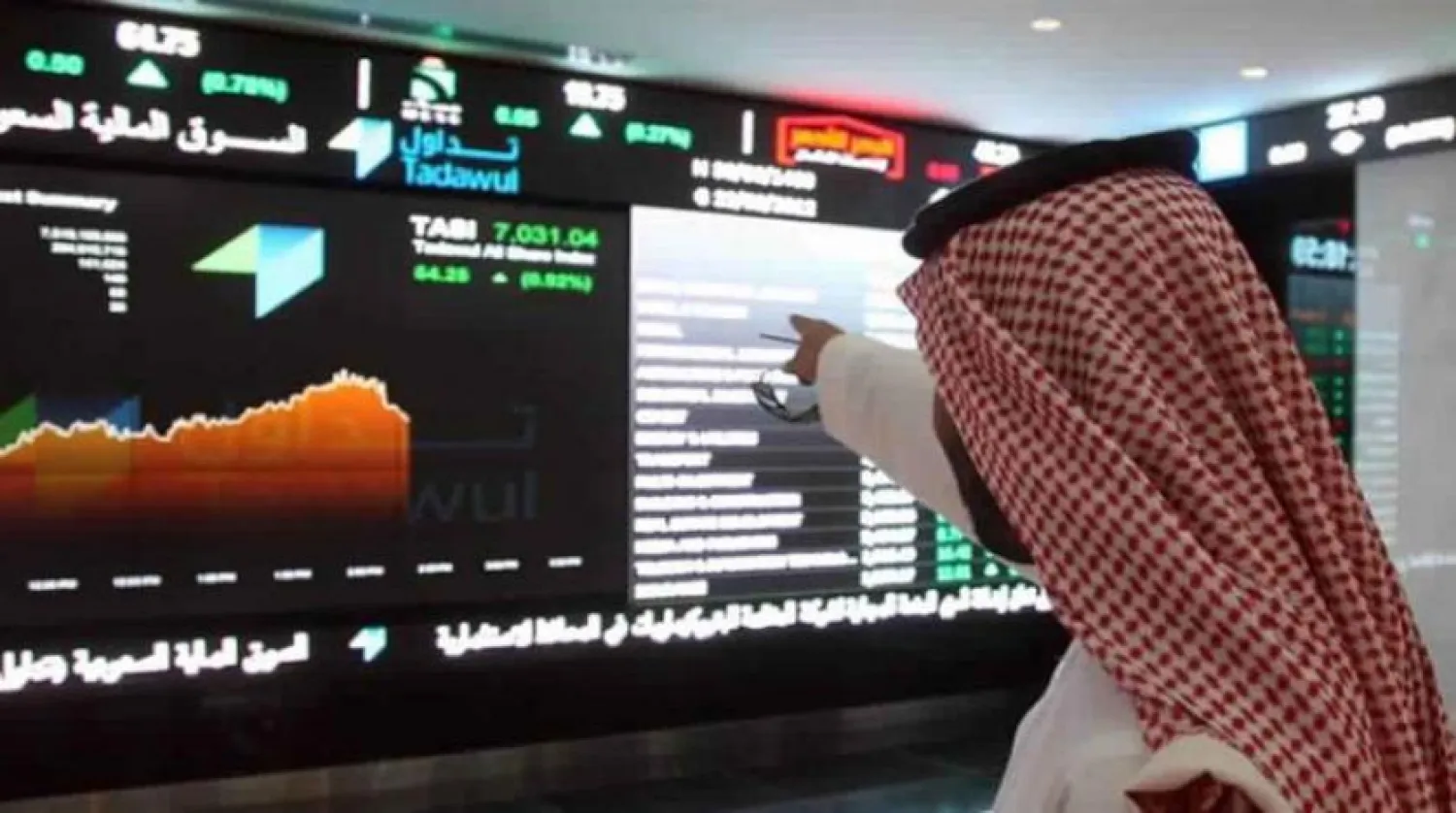Saudi stock market gains jumped on Tuesday with trade activity resuming after a two-day holiday celebrating the Kingdom’s 88th National Day.
Jumping 137 points, the Saudi index closed at 7,905 points on Tuesday, well above its 200-day average. Analysts read into the jump as a positive technical signal for the index.
The number of shares traded exceeded 121 million shares in over 99 thousand transactions.
In a related context, the Saudi Arabian Capital Market Authority (CMA) approved the initial public listing of 30 percent, or 6 million shares, of Gulf Steel Works Company.
"The prospectus will contain the information and data that the investor needs to know before making the investment decision or not, especially with respect to share prices and financial statements of companies," the market regulator said in a statement.
The prospectus will include all relevant information including the share price, the company's financial statements, activities and management. The document will be published within sufficient time prior to the start of the subscription period.
According to the CMA, the approval will be valid for six months from the board resolution date and will be canceled if the offering and listing of the company's shares are not completed within this period.
However, the CMA approval of the request should not be considered as an endorsement of the feasibility of the investment in the offering or in the shares of the company concerned.
The decision to approve the request means that the regulatory requirements have been complied with in accordance with the Capital Market Law and its Implementing Regulations, the CMA’s statement added.
These developments come after the Saudi Council of Economic and Development Affairs (CEDA) approving the Financial Sector Development Program 2020, which is one of the main programs to achieve goals of the Saudi Vision 2030.
The program’s objectives include creating a diversified and effective financial services sector to support the development of the national economy, diversify its sources of income, and stimulate savings, finance, and investment by addressing the sector’s challenges.









